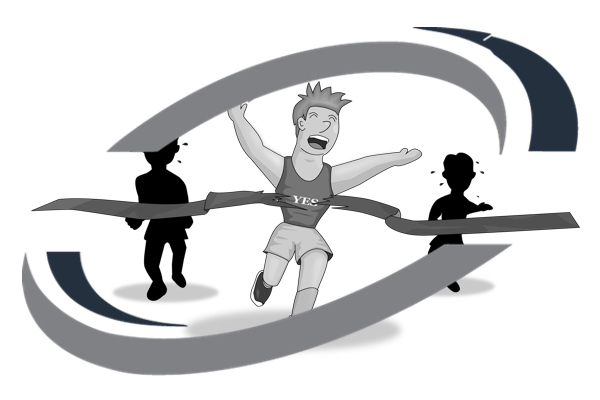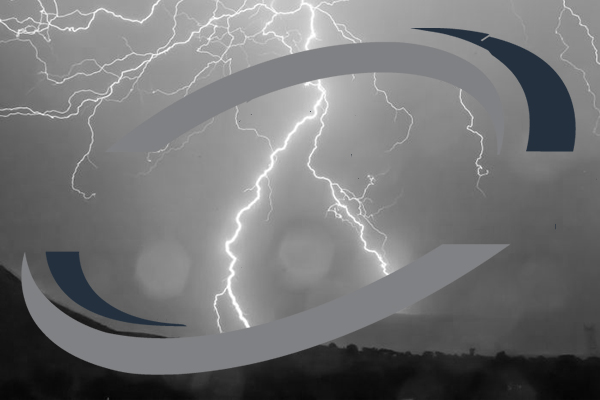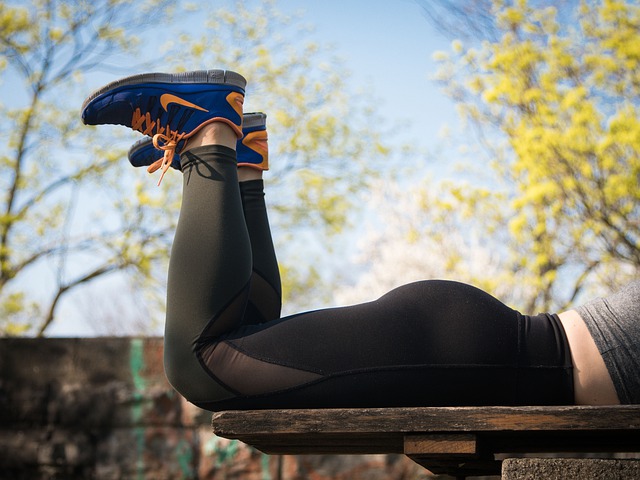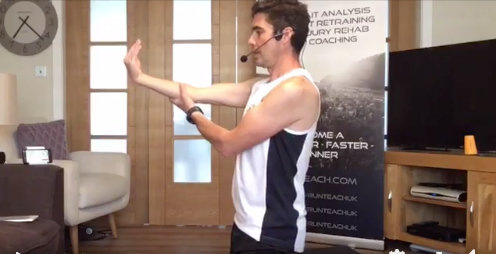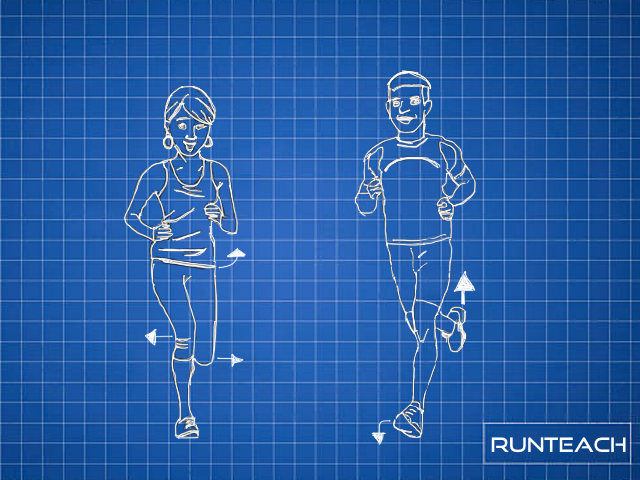Stiff, Achy Muscles – Should You Stretch?
Stiff, achy muscles is a common complaint among runners. Whether it’s your hamstrings, calves, shoulders, hips, thighs or back, I’m sure you know exactly what I’m talking about. So you do what we all do these days: you do an online search and find all manner of stretches that promise almost instant relief. But how effective are these stretches, and should we include them in our warm ups to avoid getting stiff muscles in the first place?
Stretching is one of those things that has been hotly debated for quite a few years now, and to be honest, the available research is inconclusive about the benefits that stretching promises to deliver. Having said that, there is overwhelming agreement that static stretching as part of a warm up can reduce your running performance. Further to this, here are some words from Eyal Ledermen in his book Therapeutic Stretching, Churchill Livingstone Elsevier, 2014, referring to stretching as part of a warm up before and after exercise:
“One reason that stretching was not shown to be useful in all these areas may go back to biological necessity. If it was beneficial we would expect Nature to have “factored-in” stretching as part of animal behaviour, in particular if it improved performance. Yet, with the exceptions of humans, no animal performs any pre-exertion activities that resemble a stretch warm-up. Lions do not limber up before they chase their prey, and reciprocally the prey does not halt the chase for the lack of a stretch. The stretch warm-up in humans seems to be largely ceremonial. A person would stretch in the park before a jog but would not consider stretching to be important for sprinting after a bus… There seems to be no biological advantage in stretching nor is it physiologically essential”.
Wow, that’s some statement and you may be thinking “what the heck do I do with that? Do I just not do a warm up any more?”. Firstly, let’s keep our focus on stretching. An effective warm up should never have been just about stretching anyway, so removing the stretching part of it does not mean removing the warm up completely. See this short article to discover why a warm up is important and what it is aiming to do.
Secondly, all we’ve done here is basically said that stretching isn’t very effective and isn’t a necessary part of a pre and post workout routine. By the way, Lederman isn’t the only expert to say this. Jay Dicharry, MPT, SCS, who is recognised as an authority in biomechanics, says something very similar in his books, and there are plenty of other specialists in this field that agree. But what about stretching in a wider context? What about using stretching to recover your range of movement (ROM) from your stiff muscles?

Fixing The Wrong Thing
Here is where it all goes a bit murky, and we need to look at the different types of stretching, what our goals are, and what the underlying cause of our stiff muscles or restricted ROM is. Too often we attempt to fix the output or outcome rather than the source of the issue. For example, restricted ROM around your hip is an output. Is the cause stiff hip flexors, glutes, quads etc? No, because they are also outputs. It is true that the stiff muscles are likely to be holding a restricted ROM, but what’s causing the stiff muscles in the first place?
Also, attempting to stretch a stiff muscle is more often than not, the complete opposite of what you actually want to do. If the muscle is already stiff, attempting to stretch it may trigger more contraction and more stiffness. Stiffness (a partial contraction) is a protection mechanism from the underlying nervous system, so trying to pull apart a protected muscle by stretching it is just plain daft. What then are you supposed to do?
The easy answer is to find out why your nervous system is holding the stiffness in place. Have you overworked the muscle and your system wants you to stop using it until it’s recovered? Does your system feel unsafe when you use that muscle, perhaps because you have faulty mechanics and can’t use it properly and are prone to injury? Do you have stability issues that are causing your system to stiffen up certain areas in order to create compensatory stability? Do you have sensory mismatching or miscommunication across different areas of your nervous system?
A good example of this sensory mismatch leading to muscle stiffness is a difference in signals coming from your visual system and your internal balance system (vestibular). If your brain is receiving different information from each and it can’t match it up correctly, it will stiffen your neck to keep your head still to avoid you falling over, feeling sick and other motion/balance-related issues. Simply trying to stretch your neck out won’t help. It may feel good at the time, but until you address the underlying sensory mismatch, that stiffness will come right back.

Thinking It Through
This same type of thing is happening all over your body. So the next time you think that stretching out stiff muscles is the only way to get relief, just ponder a bit longer. What may be causing the stiffness in the first place, and how can you address that issue? Of course, stretching can feel great and it does have a “mapping” effect where it helps your brain to identify where parts of your body are, so I would never say don’t stretch. It’s more about being aware that stretching probably isn’t doing what you think it’s doing, and there are far more effective ways to reduce muscle stiffness, regain ROM and improve performance.



